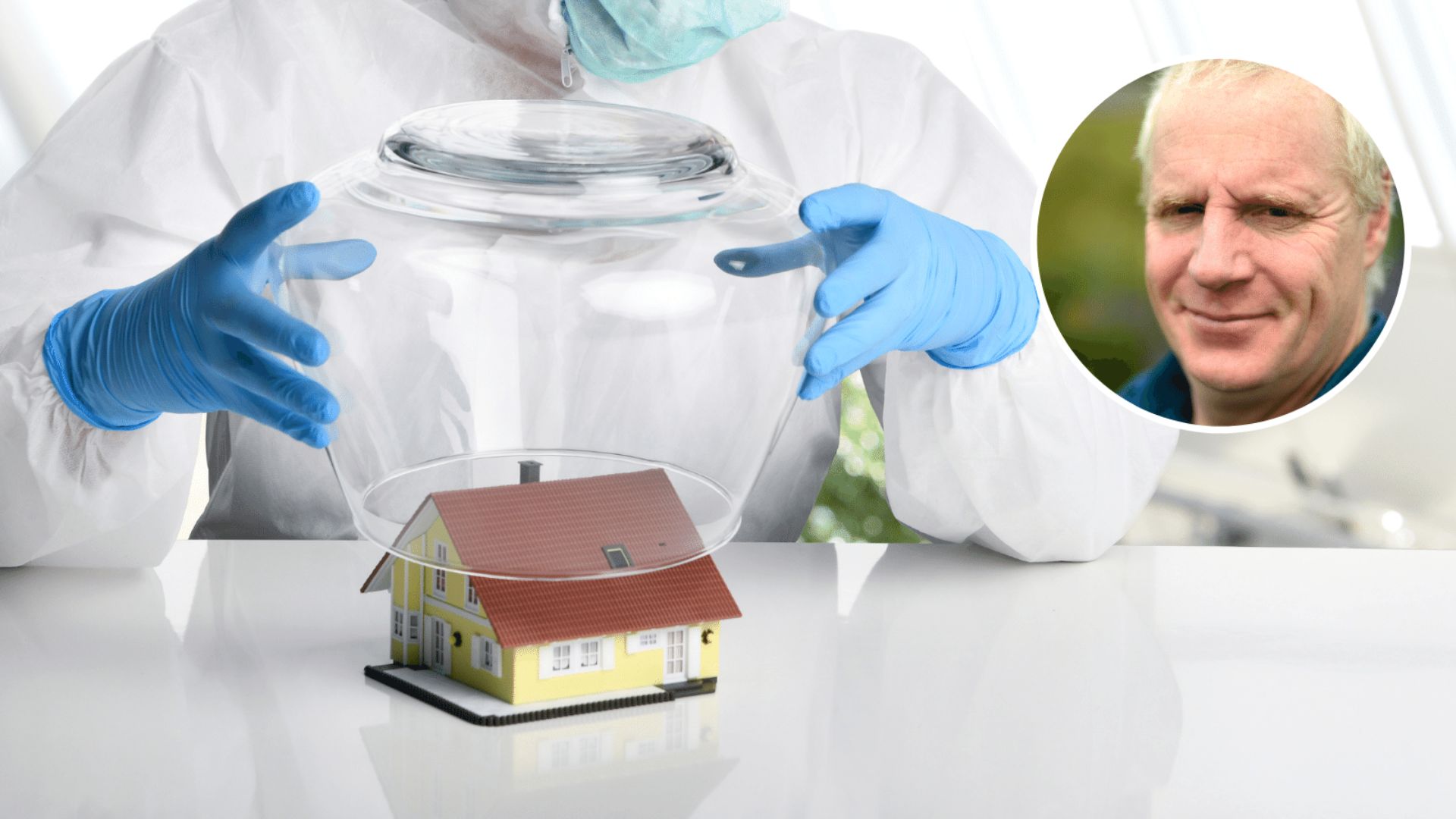Dirk Spennemann (pictured, inset) is Associate Professor in cultural heritage management in the School
of Environmental Sciences at Charles Sturt in Albury-Wodonga, and is a member of its Institute
for Land, Water and Society (ILWS).
Professor Spennemann discusses the implications of COVID-19 for new residential construction and retrofitting existing buildings in his paper, ‘Residential architecture in a post-pandemic world: implications of COVID-19 for new construction and for adapting heritage buildings’, which is published in the Journal of Green Building (2020).
Future-proofing new residential buildings in the post-COVID environment must embrace the principles of universal design and incorporate lessons from COVID-19.
The COVID-19 pandemic has highlighted the disruptive, cross-sectoral effects a sudden-onset pandemic has on a globally-interconnected world, including issues with the home designs presently offered by developers of suburban estates.
Residences need to be fully functional under ‘normal’ usage, with an added ability to function in a pandemic environment, both to buffer the occupants from the uncontrollable external world, and in the event that an occupant is infected or required to self-isolate.
Therefore, residences will need to allow for internal containment while at the same time permitting the remainder of the occupants to function as normally as possible.
It is likely impossible to fully prevent the introduction of a virus into the inner sanctum of the residential space, therefore, the aim of the design has to be to minimise the likelihood of transmission through structural, physical and practical means.
There should also be a separation of visitor entertainment areas and private sleeping areas, as well as the design of a spatially separated master bedroom that can double as a self-isolation space if the need arises.
The design advocated will not prevent owners from being infected but will reduce probabilities of infection, and will allow for infected residents to engage in self-isolation and receive home care while minimising transmission risk to other occupants and co-residents.
Architects and home-designers working for major building companies and suburban housing estate developers may want to reconsider their designs in light of the COVID-19 pandemic and integrate some or all of the design concepts advocated here.
While this still leaves the existing building stock, at least ‘new builds’ will be pandemic-ready.
The way COVID-19 has played out in various countries has exposed a socio-economic divide.
This divide is between those that could minimise the risk of exposure through working from home, not having to send their children to school, using private rather than public transport, living in single houses as opposed public housing blocks and estates, and being able to afford home delivery rather than having to shop.
The same socio-economic divide will affect the ability to afford custom-built houses, or to afford the retrofitting of existing buildings.
Thus, from an urban planning perspective, it is critical that future affordable and social housing developments do not cut corners, or else the socio-economic disadvantage endured by their occupants may again also translate into a public health disadvantage as well.






Social
Explore the world of social